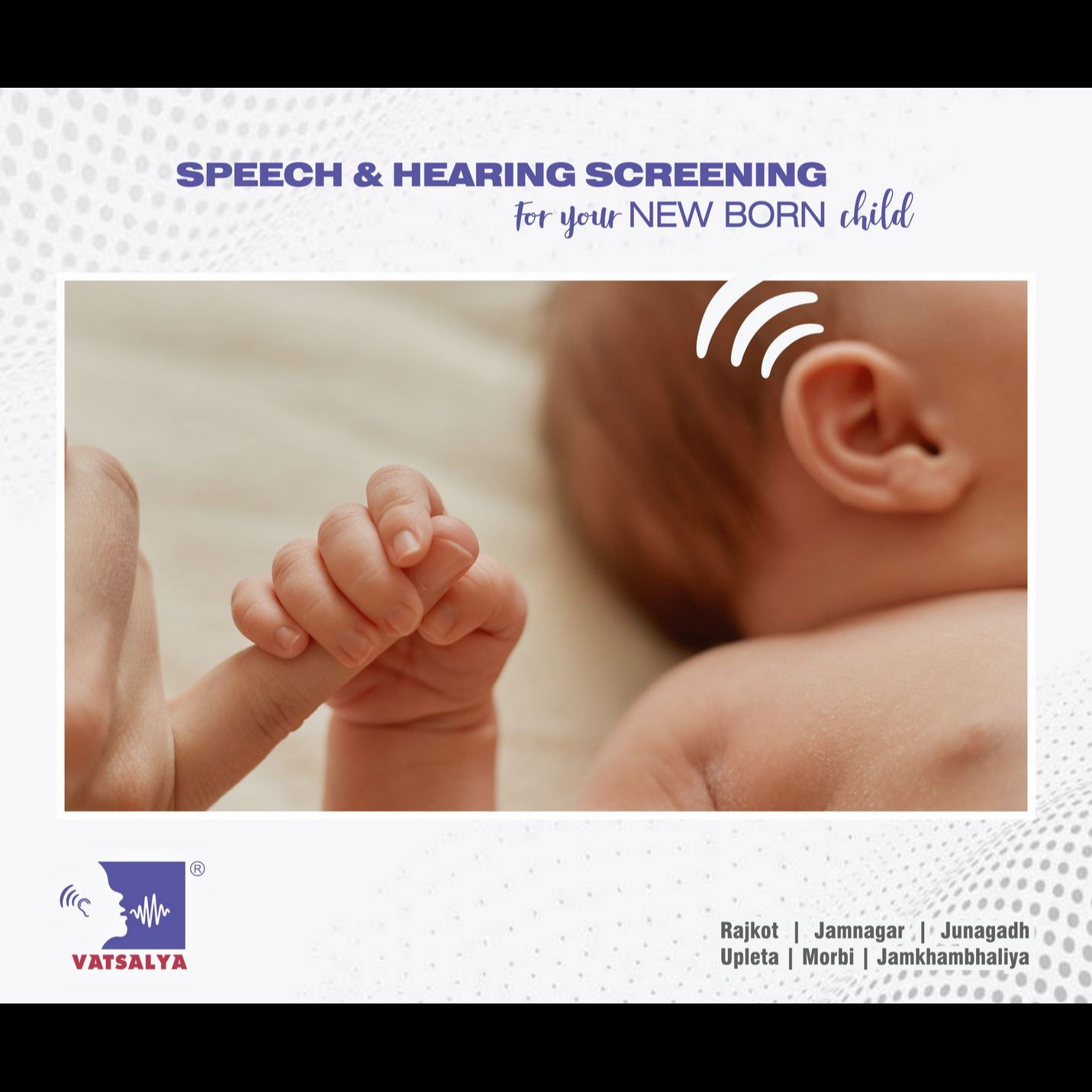+918042785198

This is your website preview.
Currently it only shows your basic business info. Start adding relevant business details such as description, images and products or services to gain your customers attention by using Boost 360 android app / iOS App / web portal.
Hearing loss is a common yet often misunderstood condition that affects individuals of all ages. Whe...

Hearing loss is a common yet often misunderstood condition that affects individuals of all ages. Whether it's due to genetics, injury, aging, or exposure to loud noise, the impact of hearing loss can be significant on a person's quality of life. Understanding the various types and causes of hearing loss is crucial in order to effectively diagnose and manage the condition. Sensorineural hearing loss, conductive hearing loss, mixed hearing loss, bilateral hearing loss, unilateral hearing loss, mild, moderate, severe, and profound hearing loss are just some of the classifications used to describe the extent and nature of the impairment. Sudden hearing loss, congenital hearing loss, acquired hearing loss, and noise-induced hearing loss are all potential triggers for this condition. When it comes to diagnosing hearing loss, one of the most important tools is the Brainstem Evoked Response Audiometry (BERA) or Auditory Brainstem Response (ABR) test. This test measures the brain's response to sound and can help pinpoint where in the auditory pathway the issue lies. By analyzing factors such as latency, wave I, III, V, interpeak latency, and absolute latency, healthcare providers can better understand a patient's auditory threshold, hearing sensitivity, and the presence of an air-bone gap. For pediatric and newborn patients, early detection and intervention are key in preventing potential speech delays and auditory development issues. Newborn hearing screening, high-risk infant assessments, and otoacoustic emissions (OAE) testing can help identify hearing loss early on and guide appropriate management strategies. In clinical reports, findings such as absent waveforms, prolonged latencies, and suggestions of retrocochlear pathology can indicate the need for further evaluation, including hearing aid trials, cochlear implant evaluations, and referrals to ear, nose, and throat specialists. Overall, understanding the complexities of hearing loss, its evaluation through BERA/ABR testing, and the importance of early intervention in pediatric cases can make a significant impact on a patient's quality of life. Don't let hearing loss go undetected - seek the necessary evaluations and support to ensure optimal hearing health.

